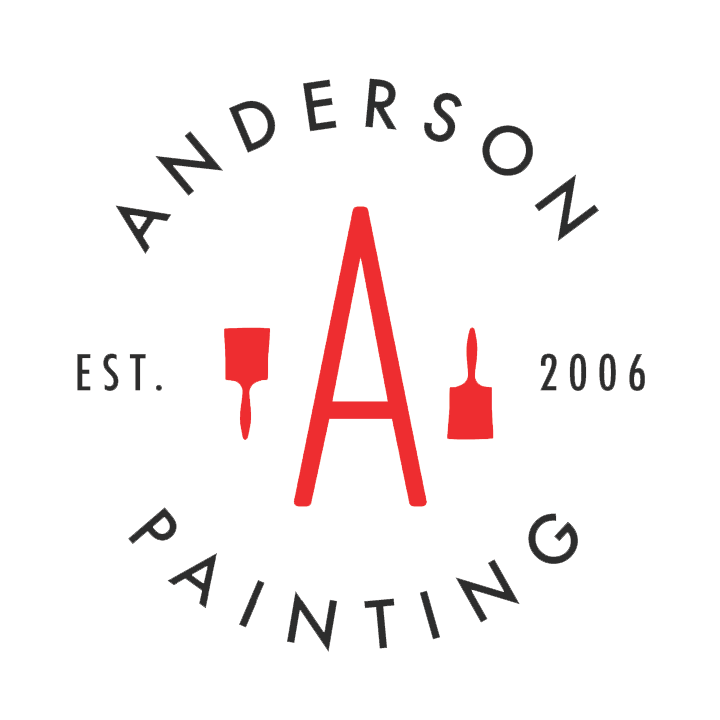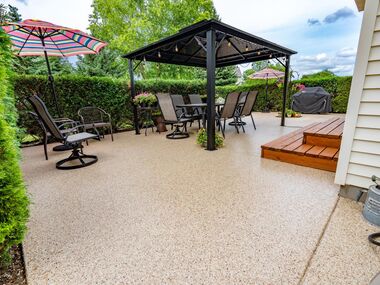Easiest Interior Paint Colors to Cover Once I Move Out of My Apartment

In a turbulent housing market, there are many advantages to renting an apartment as opposed to buying a home. That said, renting doesn’t afford you the same level of freedom to design your space as you see fit. Depending on your rental agreement, you might not be allowed to change all that much about your living space, especially aspects like wall color. Some landlords, on the other hand, will allow you to do some interior painting—with the caveat that the painted surfaces must be returned to their previous colors once your contract is up.
If you only plan on staying for a year or so, you might not even bother painting and then repainting your apartment, but if it’s a more permanent situation, it might be worth it to you to customize your space. You can save yourself a lot of time and money in the future by purposefully selecting colors that are easy to paint over when it’s time to move out. With that in mind, let’s explore some of the easiest interior paint colors to cover up when the time comes.
Easiest Paint Colors to Cover Up
When it comes to painting over something, some shades are easier to hide than others.
White
White paint is like a blank canvas, so it’s by far the easiest shade to conceal. Every color is darker than pure white, after all. Of course, off-whites contain undertones (like yellow, gray, blue, etc.), but these flashes of color aren’t enough to make a difference when painting over off-white surfaces. If you’re a fan of white walls, you might not even need to do much residential interior painting of your own, seeing as white is the most common interior paint color for apartments and homes. On the other hand, if your apartment’s walls are darker, covering them with white paint may require multiple coats (a good primer can be a big help, though). In other words, while painting over your white walls is relatively easy, painting over darker walls with white paint in the first place may be a bit more involved.
Beige
Beige and its peers, such as taupe and tan, also don’t pose much of a problem when the time comes to paint over them. The number of coats it takes to cover up a beige surface depends on the color being reintroduced before you move out. That said, even white should be fairly easy to place over a beige surface if you’re using high-quality paint.
Light Shades and Colors
As a general rule, lighter colors and shades are the easiest to paint over, whether it’s light blue, green, yellow, gray, or something else. These paints don’t contain as much pigment as darker ones. So, when painting over a lighter surface, a more saturated, darker paint will easily conceal whatever lies beneath it. And the lighter (i.e., closer to white) your paint color is, the more colors there are that will easily cover it up.
Interior Colors to Avoid in Apartments
If lighter paints are the easiest to cover up, it follows that darker paints are the most difficult to conceal and should be avoided when painting your apartment. If you decide to spruce up your space to your liking, try to avoid shades/colors such as black, rich red, deep purple, forest green, and any other dark, saturated option. You might also want to avoid painting a room two colors to keep things simple; if a room was once painted a single color, returning it to that state becomes more challenging when dealing with multiple colors.
Even if you’ve made your apartment more of a home, be prepared to return it to its original state by choosing paint colors that are easy to cover up. If you’re unsure of how to go about designing your Raleigh, NC apartment, get in touch with reliable Raleigh painting professionals. Whether you’ve just moved in or are planning on moving out, the experts at Anderson Painting can help you select colors and get your apartment in proper shape.
Dealing With Wall Damage Before Moving Out
Besides covering up paint, you should fix any wall damage before moving out of your apartment. It’s part of returning a rental in good condition and avoiding deductions from your security deposit.
One of the most common types of wall damage is nail holes. Whether or not you should fill them up often depends on your lease. Some landlords require tenants to fill nail holes, while others don’t mind a few and consider them as normal wear and tear. If your lease says you must fill nail holes, don’t worry; it’s an easy repair task.
Here’s a simple guide on how to fix nail holes when moving out:
Gather Your Supplies: You’ll need lightweight wall filler or spackling compound, sandpaper, and paint that’s the same color and finish as the current surface.
Remove the Nails: You can use your hands or a hammer.
Spackle: Take some spackle with your fingers or a putty knife and smush it into the hole. Sand the surface once it dries.
Cover: Seal up the repair work with matching paint. If the patch is tiny, gently dab the paint over the area using a cotton swab or a paper towel. Feather the edges of the paint so it does not stick out like a sore thumb.
Holes in the wall larger than a doorknob are more complex to fix. Nevertheless, they’re still possible to DIY. You’ll need to cut out a piece of drywall to use as a patch and attach it before applying a joint compound. Many guides are available online, but an experienced carpenter can provide a more comprehensive answer to how you cover holes in walls when moving out.
If you cannot DIY your wall hole repair, Anderson Painting’s Wilmington painters can help. Our painters handle minor repairs, like filling nail holes, before interior painting. Proper surface repairs are crucial to achieving a professional and flawless paint finish.
Need Help? Call Us!
You can restore your apartment to its original state or choose not to repair any damage when you move out. Of course, the latter has serious financial consequences and might even taint your reputation as a tenant. If you want to be a good tenant but are getting overwhelmed by repairs, Anderson Painting offers Wilmington painting and carpentry services you can trust.
To learn more about us and all we do, call today at 919-610-1855 or email us at info@andersonpaintingnc.com!



